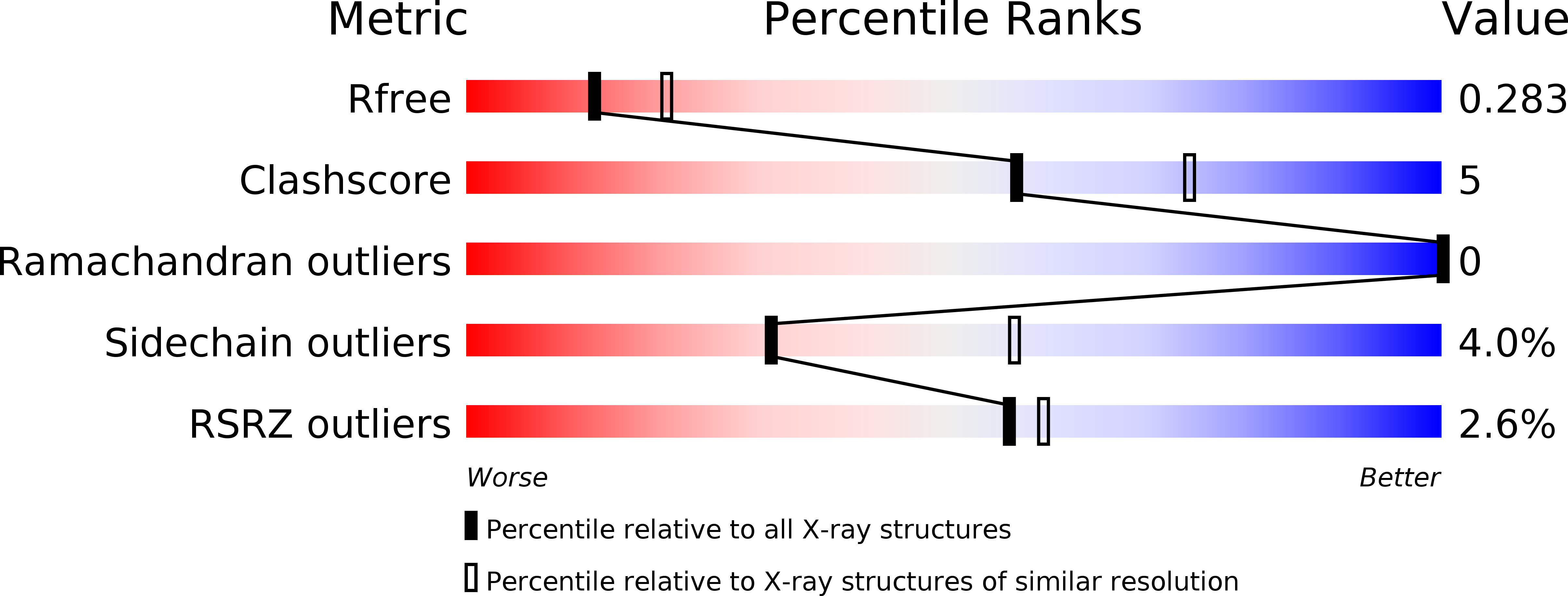
Deposition Date
2018-08-21
Release Date
2019-07-03
Last Version Date
2024-05-15
Method Details:
Experimental Method:
Resolution:
2.50 Å
R-Value Free:
0.28
R-Value Work:
0.23
R-Value Observed:
0.24
Space Group:
P 61 2 2


